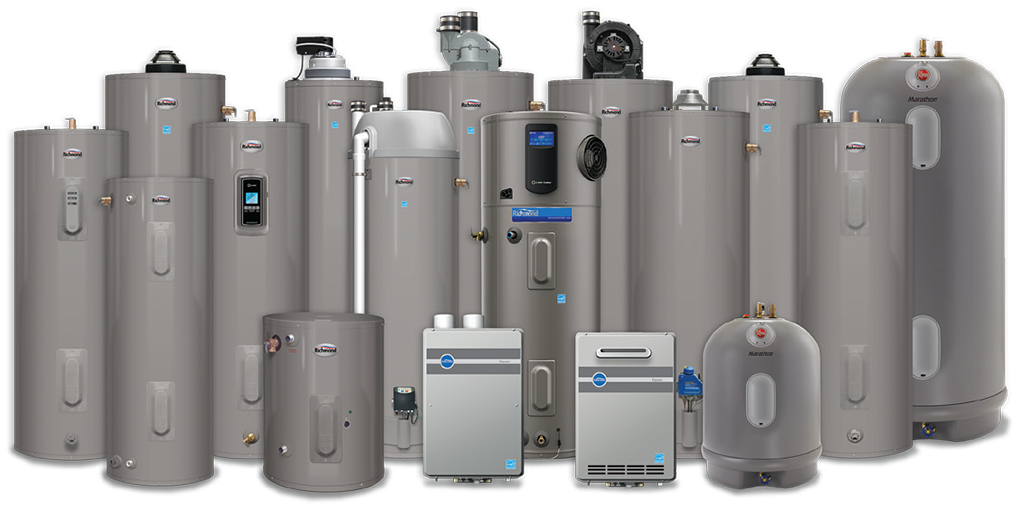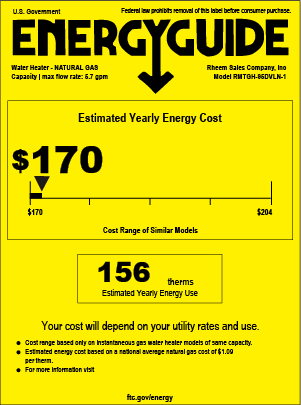What’s the Difference Between High Efficiency (EF) Ratings vs the New Uniform Energy Factor (UEF)?

If you’ve ever been researching water heaters before a purchase, you’ve probably compared high efficiency, mid-efficiency and standard efficiency information. Due to inconsistent, unreliable interpretations of High Efficiency (EF) ratings across national brands, all water heating manufacturers are now required to comply with the new Department of Energy testing procedures and rating standards.
To help consumers in their water heater purchase decisions, the DOE has developed new industry standards that more accurately define energy efficiency performance.
Beginning, June 12, 2017, EF ratings will be replaced with the new industry standard for measuring energy efficiency in water heaters called, Uniform Energy Factor (UEF). The new UEF rating method improves the industry’s ability to:
- Define consistent standards for measuring energy efficiency performance
- Simplify the water heater selection process
- More accurately reflect real-world scenarios that impact energy efficiency ratings
- Enable apples-to-apples water heater comparisons across brands
How Will UEF Affect Me?
You may notice new numbers and performance rating information associated with residential water heaters. The water heaters haven’t changed, but the way the industry calculates performance ratings and other related facts and figures is different.
In fact, UEF provides a more consistent and accurate way to measure energy efficiency performance in water heaters across all national brands.
What Energy Efficiency Rating Factors Have Changed?
The new UEF standard affects more than just the efficiency rating. Adjustments in new DOE testing procedures now impact water heating performance stats associated with the amount of hot water produced in a real-world situation related to the length of typical showers.
Examples of Performance Factors Impacted by UEF include:
First Hour Rating / First Hour Delivery (FHR/FHD)
FHR, sometimes referred to as First-Hour Delivery (FHD), is the amount of hot water a water heater can provide in the first hour of operation. Updated testing procedures result in a more accurate representation of performance.
Capacity
Previously, capacity was expressed as a single number that didn’t fully represent the actual storage capacity of the water heater. With the UEF regulations, the DOE now requires manufacturers need to inform buyers of both of water heaters’ nominal capacity by gallon grouping (40, 50, 60 gallon, etc.) as well as the actual storage capacity (35, 37, 42, 58 gallon).
Estimated Energy Cost Savings
The updated testing procedures enable a more accurate approximation of what it will cost to run a particular water heater.
Energy Guide Label Comparisons
With the new UEF standards, Energy Guide labels will now include updated performance information to help consumers and contractors to choose the water heater that best accommodates their needs.
Examples of Energy Guide Labels for Tankless Water Heaters



- Estimated Yearly Energy Cost
- Gallons Per Minute Rating
- Usage Bin
- Estimated annual energy use



- Estimated Yearly Energy Cost
- Usage Bin
- Estimated annual energy use
- First Hour Delivery (FHD)
Questions About Uniform Energy Factor
For more information on UEF water heaters or energy factor ratings, please contact Customer Service.
Customer Support
1-800-621-5622



